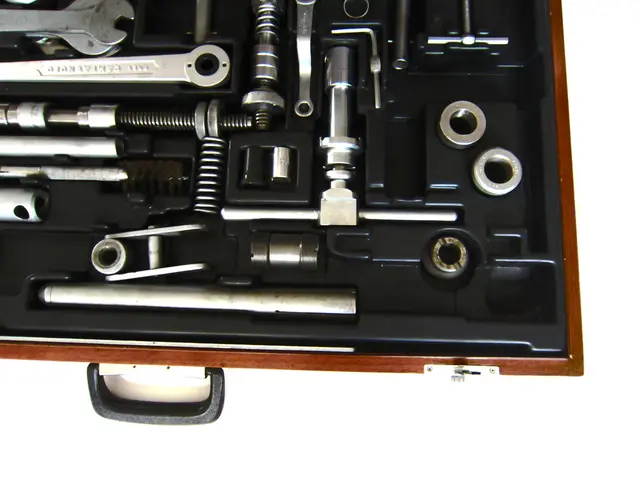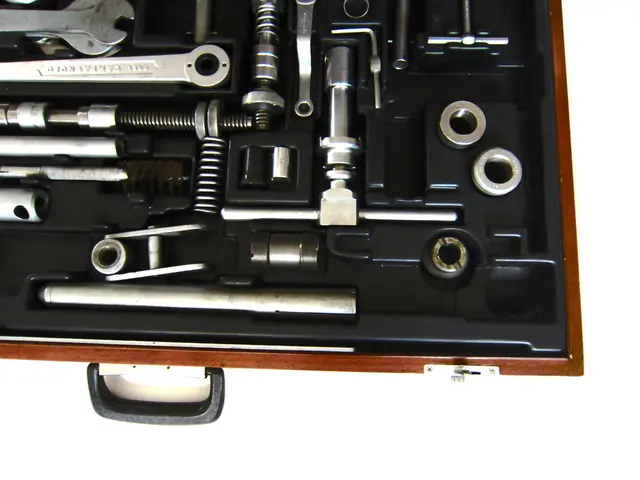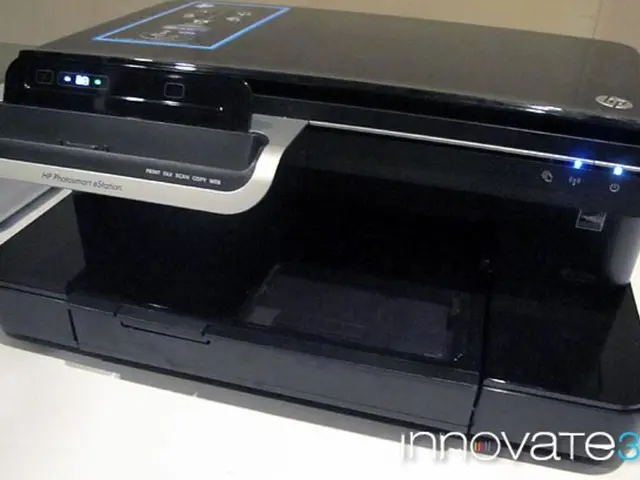As the month of October approaches, Windows 11 takes the lead, while millions continue their use of Windows 10.
Windows 11 is currently leading over Windows 10, and as the end-of-life for Windows 10 approaches on October 14, 2025, businesses are grappling with the task of migrating their systems. This transition, however, isn't without its challenges, particularly due to the stricter hardware compatibility requirements of Windows 11.
To navigate these challenges, a strategic, phased approach is essential. Here's a breakdown of the key steps businesses should follow:
1. Comprehensive Assessment and Inventory
Start by auditing all current Windows 10 devices to determine which meet Windows 11’s requirements. Microsoft’s PC Health Check tool or similar IT asset management solutions can help facilitate this process, ensuring no devices are overlooked.
2. Hardware Evaluation and Budgeting
Given Windows 11's stricter hardware requirements, organizations need to budget for new hardware where existing devices are incompatible. This hardware upgrade should be viewed as a strategic investment in security, performance, energy efficiency, and future compatibility rather than just a cost.
3. Phased Implementation
Adopt a phased rollout by beginning with pilot groups to test compatibility, resolve issues, and refine deployment processes before scaling across the enterprise. This approach limits operational disruption and allows adaptive responses to user feedback.
4. Data Protection and Transition Planning
Utilize tools like OneDrive known folder move for automated data backup and syncing. Consider migration models such as "swap and go" (issuing pre-configured Windows 11 devices) or "wipe and load" (reimaging existing devices). Transition domain-joined devices to Microsoft Entra ID for streamlined cloud management.
5. User Training and Security Enhancement
Prepare employees for the change with training to ensure smooth adoption. Leverage Windows 11's enhanced security features like virtualization-based security, BitLocker encryption, and improved authentication options as part of a broader security posture upgrade.
6. Avoiding Last-Minute Delays and Risks
Begin migration well in advance of the October 2025 Windows 10 end-of-support deadline to avoid compressed timelines, emergency deployment costs, and increased operational risks. Extended support options like Windows 10 LTSC/LTSB editions exist but are generally interim measures.
Millions of businesses are still running Windows 10, with just months before end-of-life. Some businesses may have migration plans in motion, but others are at risk of falling behind, particularly in sectors like healthcare and manufacturing, where device refresh cycles tend to be longer. The Extended Security Update (ESU) program can serve as a short-term buffer for affected businesses.
Microsoft is promoting Windows 11 as the way forward due to the approaching end of support for Windows 10. Many organizations are facing complex upgrade paths due to legacy applications, hardware incompatibilities, and other factors. However, by following a well-planned, phased migration strategy, businesses can successfully transition to Windows 11 while minimizing disruption and maximizing the benefits of this new operating system.
- To ensure no devices are missed during the migration process, businesses can utilize software like Microsoft’s PC Health Check tool or similar IT asset management solutions for a comprehensive assessment and inventory of all current Windows 10 devices.
- Given the stricter hardware requirements of Windows 11, organizations should budget for new hardware where necessary, viewing this investment as a strategic one that enhances security, performance, energy efficiency, and future compatibility.
- To limit operational disruption and allow adaptive responses to user feedback, businesses should adopt a phased rollout strategy, beginning with pilot groups to test compatibility, resolve issues, and refine deployment processes before scaling across the enterprise.




